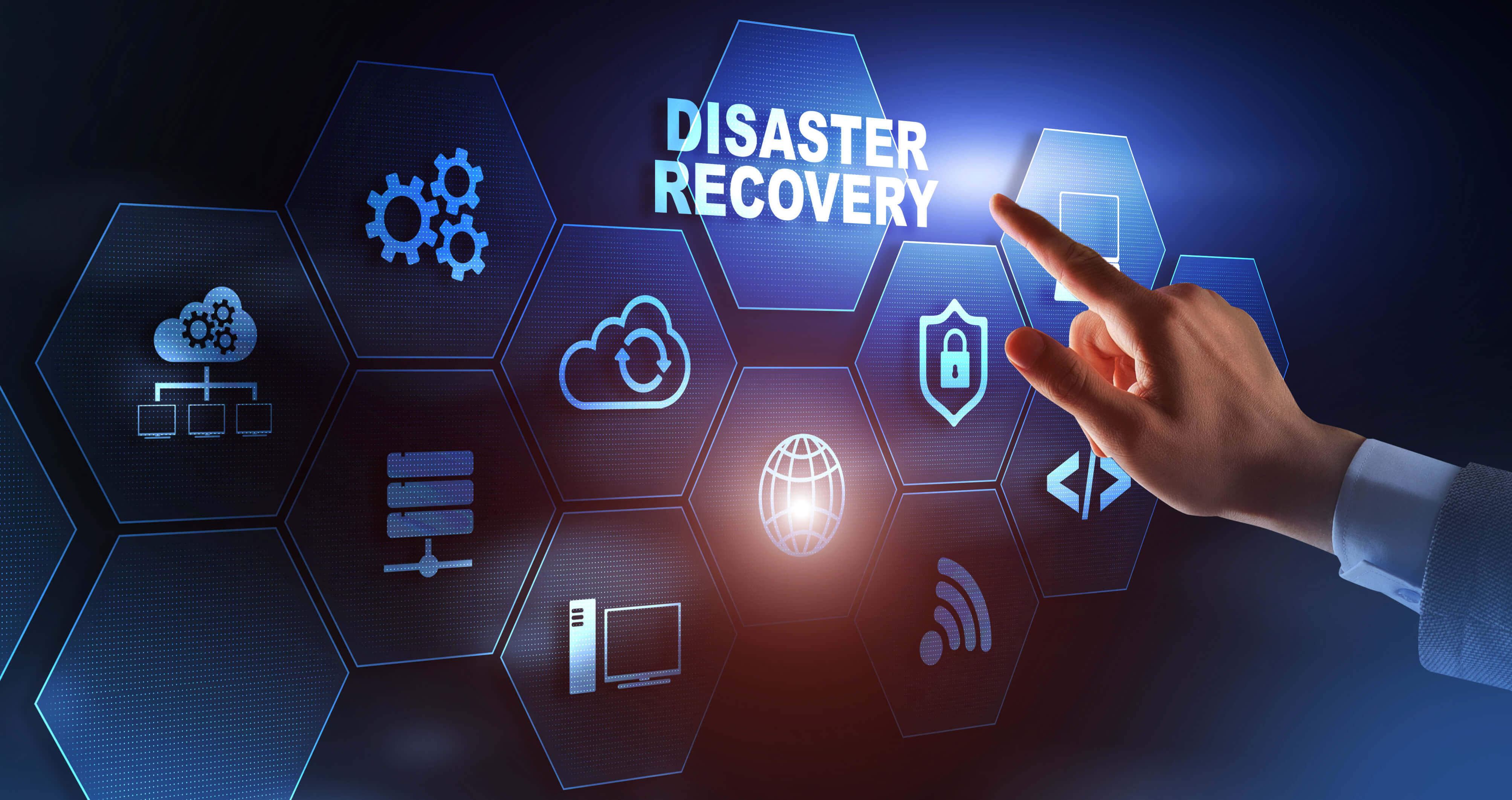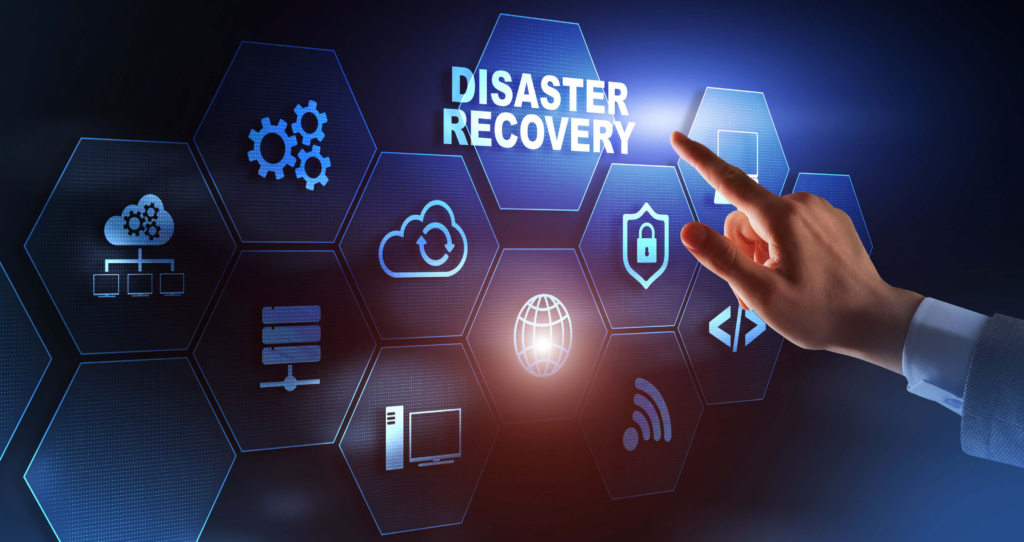Planning Business Continuity After a Critical Event
In today’s increasingly interconnected digital world, no company can afford to underestimate the risks posed by operational disruptions, cyberattacks, or unforeseen events. Whether it’s a hardware failure, ransomware attack, natural disaster, or human error, any critical incident can seriously jeopardize business continuity. This is where Disaster Recovery (DR) comes into play: a set of essential strategies and procedures to ensure business operations can resume as quickly as possible.
What Is Disaster Recovery
Disaster Recovery refers to the process through which an organization prepares to face critical events that affect its IT infrastructure and operations. The main goal is to restore systems, data, and business functionality promptly, minimizing financial losses and reputational damage.
An effective disaster recovery plan is a key part of a broader business continuity strategy and must be tailored to each company’s specific structure, industry, and system criticality.
Key Elements of a Disaster Recovery Plan
 Risk and Threat Assessment
Risk and Threat Assessment
The first step is identifying the potential risks to which the company is exposed: cyberattacks, natural disasters, blackouts, fires, hardware or software failures, human errors, etc. Risk assessment helps define priorities and determine which systems need the highest level of protection.
 RTO and RPO
RTO and RPO
Two fundamental DR metrics are:
- RTO (Recovery Time Objective): the maximum acceptable time to restore operations after a disruption.
- RPO (Recovery Point Objective): the maximum acceptable amount of data loss without critically impacting business activity.
These parameters guide the technical design of the recovery system.
 Backups and Replication
Backups and Replication
Creating secure copies of data is the foundation of any disaster recovery plan. Modern solutions include:
- Automated backups both on-premise and in the cloud.
- Real-time replication of critical systems.
- Geographically distributed storage to prevent total data loss.
 Recovery Plans and Documented Procedures
Recovery Plans and Documented Procedures
Each phase of the recovery process must be clearly and thoroughly documented. The operational plan should include:
- Service recovery sequences.
- Roles and responsibilities of involved personnel.
- Tools and resources required for execution.
 Regular Testing and Simulations
Regular Testing and Simulations
Even the most well-designed plan is ineffective if not tested regularly. Simulations help verify the efficiency of procedures and fix any issues before a real event occurs.
 Communication and Coordination
Communication and Coordination
During a crisis, internal and external communication is crucial. The plan must provide for:
- Alternative communication channels.
- Predefined messages for clients, suppliers, and stakeholders.
- A crisis management team responsible for handling the emergency.
Technologies and Disaster Recovery Solutions in 2025
Modern disaster recovery solutions have become increasingly advanced thanks to technological innovation. Key trends include:
- Disaster Recovery as a Service (DRaaS): a cloud-based service that replicates and hosts IT infrastructure in secure external environments, ready for use in case of emergency.
- Virtualization: the ability to migrate entire virtual machines across sites makes recovery faster and more flexible.
- Automation: smart systems that detect anomalies and automatically trigger DR procedures.
- AI and Machine Learning: analyze real-time data to prevent disasters and enhance operational resilience.
Benefits of a Well-Defined Disaster Recovery Strategy






Conclusion
In 2025, disaster recovery is no longer optional—it’s a strategic necessity for every business. Planning in advance, investing in the right technologies, and training personnel are essential actions to ensure business continuity even in the face of unpredictable events. Organizations with solid disaster recovery plans are better equipped to face future challenges and maintain client trust even during crises.








 Hai bisogno di aiuto?
Hai bisogno di aiuto?